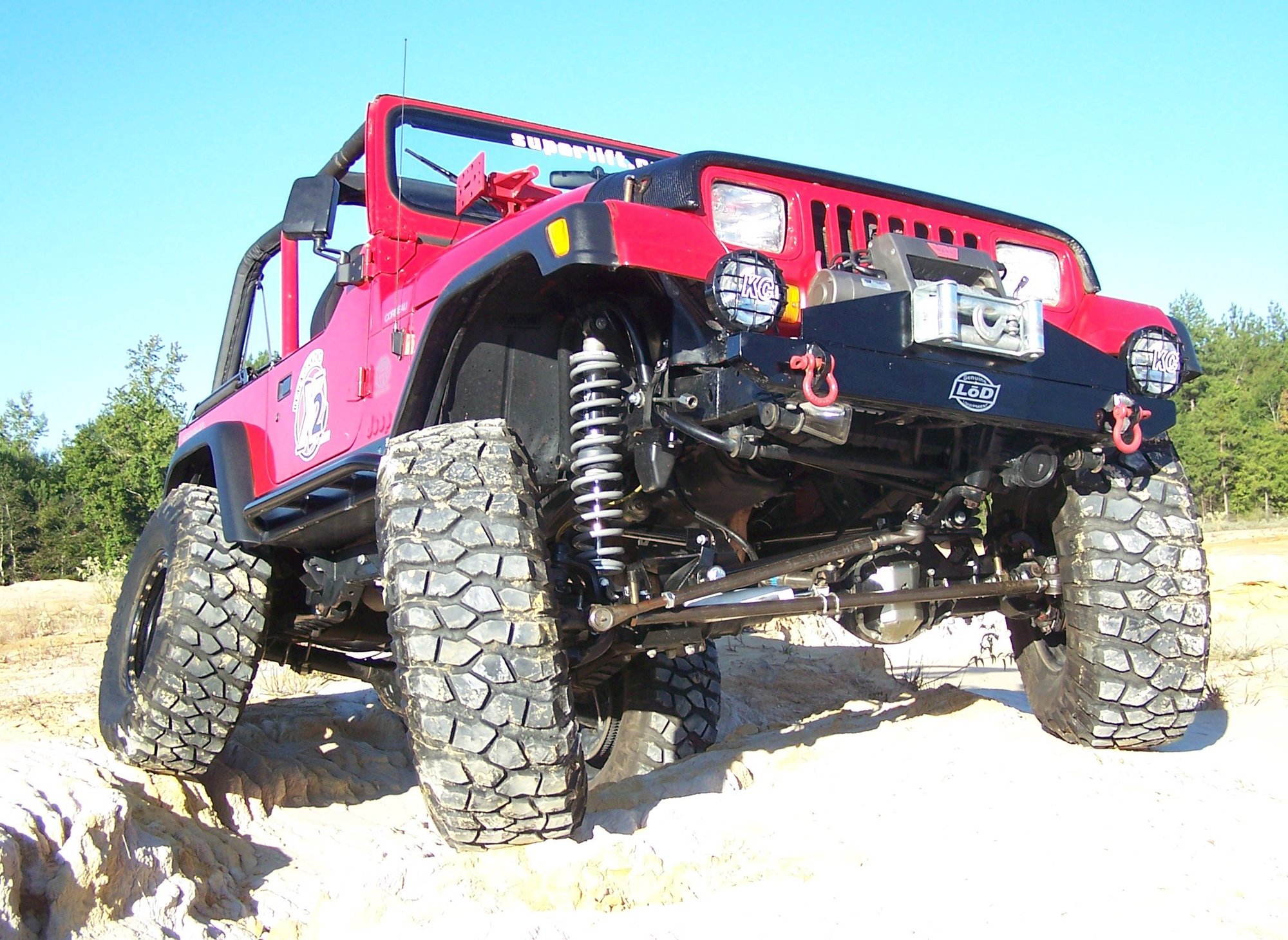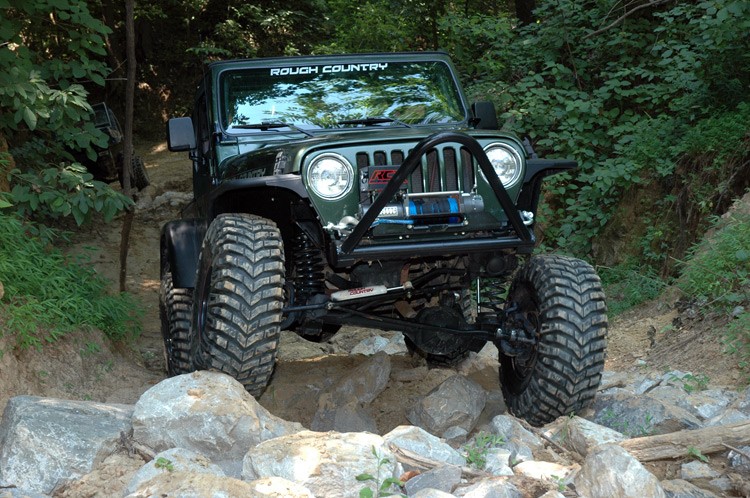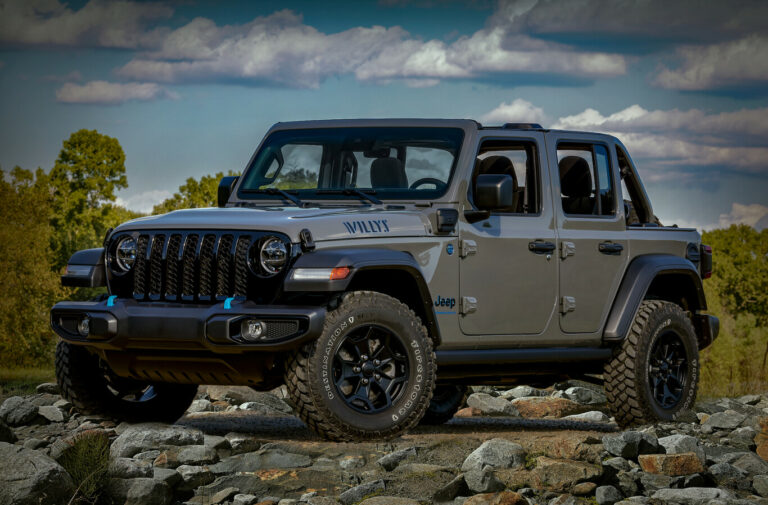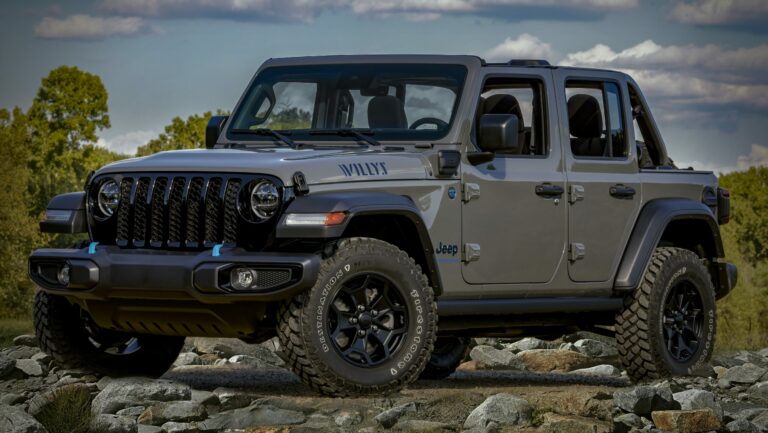Jeep Wrangler 6 Inch Lift: Unleashing the Beast Within
Jeep Wrangler 6 Inch Lift: Unleashing the Beast Within jeeps.truckstrend.com
The Jeep Wrangler is an icon of off-road prowess, a blank canvas for customization that allows owners to tailor their vehicle to their adventurous spirit. Among the myriad modifications available, a Jeep Wrangler 6 Inch Lift stands out as one of the most transformative. It’s not merely an aesthetic upgrade; it’s a commitment to extreme capability, an unmistakable statement of intent that elevates your Wrangler to new heights, both literally and figuratively. This comprehensive guide will delve into every aspect of the 6-inch lift, from its benefits and essential components to critical considerations and practical advice, ensuring you’re well-equipped to make an informed decision for your ultimate off-road machine.
What is a Jeep Wrangler 6 Inch Lift?
Jeep Wrangler 6 Inch Lift: Unleashing the Beast Within
At its core, a Jeep Wrangler 6 Inch Lift involves modifying the vehicle’s suspension system to increase its ride height by approximately six inches over stock. This significant alteration allows for the fitment of much larger tires, dramatically improves ground clearance, and enhances approach, departure, and breakover angles, all crucial for conquering challenging off-road terrain. While a 6-inch lift delivers an undeniably aggressive and imposing stance, it’s a complex modification that requires careful planning, the right components, and often, professional installation to maintain safety, performance, and drivability.
The Unmistakable Benefits of a 6-Inch Lift
Opting for a Jeep Wrangler 6 Inch Lift brings a host of advantages for the serious off-roader:
- Enhanced Off-Road Capability: This is the primary driver for such a significant lift. The increased ground clearance prevents your undercarriage from scraping on rocks, roots, and obstacles. Furthermore, improved approach, departure, and breakover angles mean you can tackle steeper inclines, descents, and crest obstacles without damaging your bumpers or frame.
- Accommodation for Larger Tires: A 6-inch lift is typically necessary to comfortably fit truly massive tires, often in the 37-inch to 40-inch range, and sometimes even larger. These larger tires provide a larger contact patch, better traction, and additional ground clearance.
- Improved Aesthetics and Road Presence: There’s no denying the visual impact of a Wrangler with a 6-inch lift. It creates an aggressive, commanding stance that turns heads and exudes a rugged, ready-for-anything attitude.
- Better Visibility: The elevated driving position offers a superior vantage point, improving visibility over traffic and terrain, which can be beneficial both on and off the road.
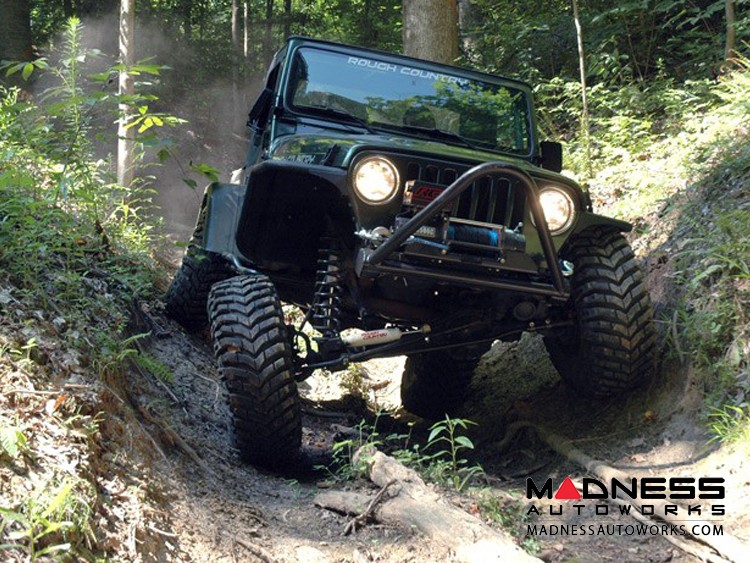
Key Components of a 6-Inch Lift Kit
A comprehensive Jeep Wrangler 6 Inch Lift kit is far more than just taller springs. It involves an intricate system of interconnected parts designed to correct geometry, handle increased articulation, and maintain proper vehicle function. Here are the essential components you’ll find:
- Longer Coil Springs/Coil-overs: These are the primary components that provide the lift, replacing the factory springs. Coil-overs integrate the spring and shock into a single unit, offering superior performance and adjustability.
- Longer Shocks or Shock Extensions: Longer shocks are necessary to accommodate the increased suspension travel. Alternatively, extensions can be used with stock-length shocks, though this is less ideal for performance.
- Adjustable Control Arms (Upper and Lower): Crucial for correcting caster and pinion angles after lifting, preventing driveshaft vibrations and ensuring proper steering geometry. For a 6-inch lift, long arm kits are highly recommended.
- Adjustable Track Bars (Front and Rear): These components center the axles under the vehicle, preventing them from shifting sideways as the suspension cycles.
- Brake Line Extensions or Longer Brake Lines: The increased suspension travel requires longer brake lines to prevent them from stretching or breaking.
- Longer Sway Bar Links: These connect the sway bar to the axle, maintaining proper sway bar function and preventing it from binding or flipping.
- Steering Components: A drag link flip kit, high-steer knuckles, and a heavy-duty tie rod are often necessary to correct steering angles, reduce bump steer, and handle the stress of larger tires. A beefier steering stabilizer is also highly recommended.
- Aftermarket Driveshafts (Front and Rear): The extreme angles created by a 6-inch lift almost always necessitate replacing the factory driveshafts with stronger, longer, double-cardan (CV) driveshafts to prevent vibration and premature wear.
- Bump Stop Extensions: These prevent the suspension from over-compressing and damaging components during articulation.
- Exhaust Modifications: Often required to clear the new front driveshaft at full droop.
- Gearing Upgrade: While not part of the lift kit itself, re-gearing the differentials is almost mandatory when running large tires (37-inch+) to restore power, torque, and drivability.
- Axle Reinforcement: Factory axles may not be strong enough to handle the stresses of large tires, extreme off-roading, and a 6-inch lift. Reinforcements (gussets, sleeves) or complete axle upgrades are often necessary.


Important Considerations Before Lifting Your Wrangler
A Jeep Wrangler 6 Inch Lift is a significant investment and commitment. Before taking the plunge, consider these critical factors:
- Cost Beyond the Kit: The lift kit is just one part of the expense. Factor in the cost of professional installation, larger tires, new wheels, potential re-gearing, driveshafts, brake upgrades, and possible axle reinforcements. This can quickly add up to thousands, even tens of thousands, of dollars.
- Drivetrain Compatibility and Durability: Your stock axles, driveshafts, and steering components were not designed for a 6-inch lift and 37-inch+ tires. Expect to upgrade these components to prevent failures.
- Steering and Suspension Geometry: Correcting caster, pinion, and steering angles is paramount for safe and predictable handling. A poorly installed or incomplete 6-inch lift can lead to dangerous handling characteristics like bump steer, death wobble, and excessive wander.
- Braking Performance: Larger, heavier tires significantly increase stopping distances. A big brake kit is highly recommended, if not essential, for safety.
- Safety and Legality: Ensure your lift adheres to local laws and regulations. Proper installation is critical for safety, both on and off-road. Also, notify your insurance provider of modifications.
- Daily Drivability: While a 6-inch lift excels off-road, it will impact on-road manners. Expect a higher center of gravity, increased body roll, reduced fuel economy, and potential challenges with parking garages and low clearances.
- Professional Installation: Due to the complexity and critical nature of correcting suspension geometry, professional installation by a reputable off-road shop is strongly advised.
Types of 6-Inch Lift Kits
While the term "6-inch lift kit" is broad, the quality and components can vary significantly. For a Jeep Wrangler 6 Inch Lift, you’ll primarily be looking at these categories:
- Mid-Range Kits: These typically include longer coil springs, shocks, adjustable track bars, and some form of control arm correction (either drop brackets or basic adjustable control arms). They offer a good balance for those serious about off-roading but still value some on-road manners.
- Premium/Long Arm Kits: For a 6-inch lift, long arm kits are generally the most recommended and common. They replace the factory short control arms with much longer ones, relocating the frame-side mounting points. This significantly improves suspension geometry, provides better articulation, reduces harshness, and enhances on-road stability, making them superior for such a substantial lift.
- Coilover Conversion Systems: The pinnacle of suspension performance, coilover systems replace the traditional coil spring and separate shock setup with integrated coil-overs. They offer incredible adjustability, damping control, and articulation, but come at a much higher price point.
The Installation Process (Overview)
Installing a Jeep Wrangler 6 Inch Lift is a complex procedure best left to experienced professionals. The general steps include:
- Preparation: Secure the vehicle, remove wheels, and disconnect necessary components (brake lines, sway bar links, driveshafts, etc.).
- Disassembly: Remove old coil springs, shocks, control arms, and track bars.
- Component Installation: Install new springs, shocks, control arms, track bars, and other kit components. This often involves drilling, cutting, and welding for long arm kits.
- Driveshaft and Exhaust Modifications: Install new driveshafts and perform any necessary exhaust relocation.
- Final Assembly & Checks: Reconnect all lines, ensure proper torque on all bolts, and check for clearances.
- Alignment: A critical step. A professional alignment is mandatory to set caster, camber, and toe angles correctly.
- Test Drive: Thoroughly test the vehicle to ensure proper handling, no vibrations, and full functionality.
Tips for Maximizing Your 6-Inch Lift
- Upgrade Gearing: This is non-negotiable for large tires. It restores power, improves acceleration, and reduces strain on the drivetrain.
- Reinforce Axles: The stock Dana 30 front axle (on many Wranglers) is a weak point. At a minimum, reinforce it with gussets and sleeves, or consider upgrading to a stronger Dana 44 or custom axle.
- Invest in High-Quality Shocks/Coilovers: Good shocks are the heart of your suspension. They control ride quality and articulation. Don’t skimp here.
- Proper Wheel and Tire Selection: Choose wheels with appropriate backspacing to prevent rubbing and tires that complement your off-road goals.
- Regular Maintenance: A lifted Wrangler, especially with larger tires, will experience increased wear on components. Regular inspections and maintenance are crucial.
- Find a Reputable Installer: This cannot be stressed enough. A quality shop will ensure proper geometry, safety, and longevity of your investment.
Potential Challenges & Solutions
- Driveshaft Vibration: A common issue with significant lifts due to extreme angles. Solution: Install high-quality double-cardan (CV) driveshafts and potentially exhaust relocation for clearance.
- Steering Issues (Bump Steer, Wander, Death Wobble): Incorrect geometry can lead to dangerous handling. Solution: Ensure adjustable track bars, drag link flip kits, and high-steer setups are used to correct angles. Proper alignment is crucial.
- Axle Wrap/Wheel Hop: Common with leaf spring setups, but can also occur with coils under extreme torque. Solution: Proper control arm geometry and, in some cases, traction bars.
- Increased Component Wear: Larger tires and a higher center of gravity put more stress on steering, suspension, and drivetrain components. Solution: Proactive maintenance, upgrading weak links, and avoiding excessively aggressive driving on pavement.
- Brake Fade: Larger tires demand more braking power. Solution: Upgrade to a big brake kit with larger rotors and calipers.
Practical Advice and Actionable Insights
When considering a Jeep Wrangler 6 Inch Lift, remember these actionable insights:
- Don’t Cut Corners: This is not an area to save money by buying cheap components or opting for DIY installation if you lack experience. The cost of correcting mistakes or dealing with failures far outweighs initial savings.
- Consider Your Primary Use: If your Wrangler is primarily a daily driver with occasional light trail use, a 6-inch lift might be overkill and lead to unnecessary compromises in drivability and fuel economy. It’s truly for dedicated off-road enthusiasts.
- Budget Realistically: Be honest about the total cost, including all supporting modifications. It’s better to save longer and do it right than to piece it together poorly.
- Prioritize Safety and Proper Geometry: A lifted vehicle handles differently. Ensure all components are correctly installed and aligned to maintain safe driving characteristics.
Jeep Wrangler 6 Inch Lift Kit Price Table
Please note that these are estimated prices and can vary significantly based on brand, features, current market conditions, and regional labor rates.
| Kit Type / Component | Key Components Included
